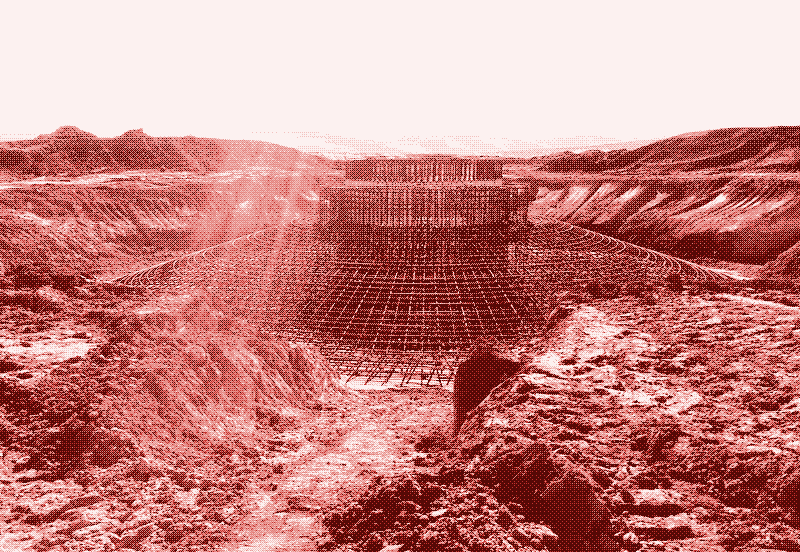The link is from the-most-solarpunk-website and is mostly about steel in general, but I wanted to pull out that one fact.
Wind and solar energy are not “good for the environment”; they pollute; it’s just that we hope they pollute less than the alternative. One major reason they pollute is because they require a lot of steel to build. But the household-scale or village-scale ones use less
de Decker is citing: Topham, Eva, et al. “Recycling offshore wind farms at decommissioning stage.” Energy policy 129 (2019): 698-709.



FYI making steel emits carbon: kinda the main point of the article.
No shit, in a fossilized economy everything emits carbon, and low co2 new steel production is still in its infancy. Nevertheless it emits far, far less carbon than running a natural gas plant for the same power, and as the article points out, can and is continually reused forever with no new carbon emissions beyond that of the enegy used to transport the material and power the arc furnace.
The startup cost in carbon just means there is a delay in between when a turbine is built, and when it is produceing zero carbon energy. Studies show that even the most steel intensive offshore turbines repay this debt in under a year, and again, this is why we need to be getting as much wind energy online as soon as possible.
If going to a smaller turbine design means that you save four months worth of startup carbon, but means a wind farm only captures two thirds as much wind energy over its three hundred month design lifespan then going with the smaller design will have effectively cost nearly a hundred months worth of output to save four. While that two thirds number is going to very by project constraints, the reduction doesn’t need to be very large to work out to a net carbon savings, even if you couldn’t recycle steel at all.
As things like available project land, projected ongoing maintenance budget, and most often capital availabllity ultimately constrain a given projects size and net generating capacity, it makes sense to go for the larger turbines that more efficiently make use of these limited resources, instead of the practically unlimited in this context supply of steel.
In short, optimizing for steel use is effectively producing kilotons of ongoing co2 emissions to save tons of co2 once.